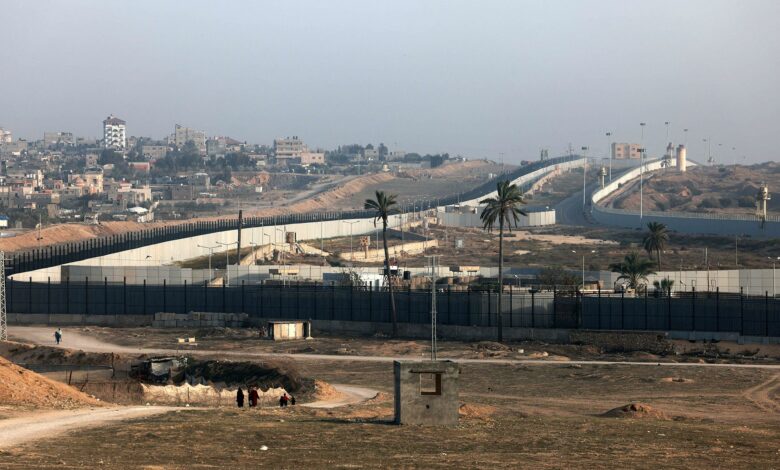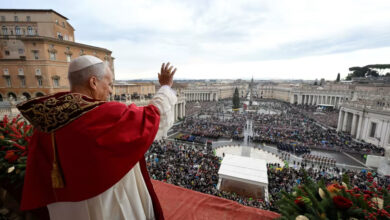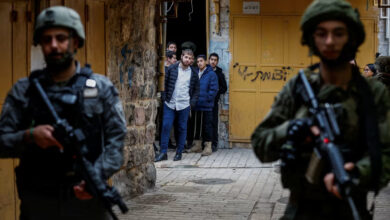
The Philadelphi Corridor – also known as the Salah al-Din Axis – is a narrow strip of land running along the Palestinian side of the border between Gaza and Egypt.
Just 14 kilometers (about 8.7 miles) long and 100 meters wide, the strip of land is a central part of a peace treaty signed between Egypt and Israel in 1979, which ended decades of war. Until the treaty, the two countries had been at war since Israel’s founding in 1948. The pact saw Israel return the Sinai Peninsula it captured from Egypt in the 1967 war in exchange for peace, and eventually paved the way for Egypt’s recognition of Israel.
A key buffer zone: The landmark treaty demilitarized the border area between Israel and Egypt, including an area referred to as Zone D, where Gaza’s Philadelphi Corridor lies. The Palestinian enclave was occupied by Israel when the treaty was signed.
The pact restricted the number of troops Egypt and Israel can each place near the other’s territory, turning the corridor into an important buffer zone between the former enemies.
Changes to the security presence in the area can, however, take place with mutual agreement. Amendments to security agreements have in recent years allowed Cairo to boost its security presence on the Sinai Peninsula, which borders Israel, as it sought to eliminate jihadist fighters.
Why it matters: According to the treaty, which was drawn up before Israel unilaterally withdrew its troops from Gaza in 2005, Israel is allowed a limited force of four infantry battalions in the area encompassing the Philadelphi Corridor.
The Israeli military on Thursday said it had established “operational control” over the Corridor, a move that Egyptian officials have previously warned against.
The corridor has to be treated “with great caution as it is close to the Egyptian border,” Egyptian Foreign Ministry spokesperson Ahmed Abu Zeid said in February. “Any operations there with such a great number of people present poses dangers.”




